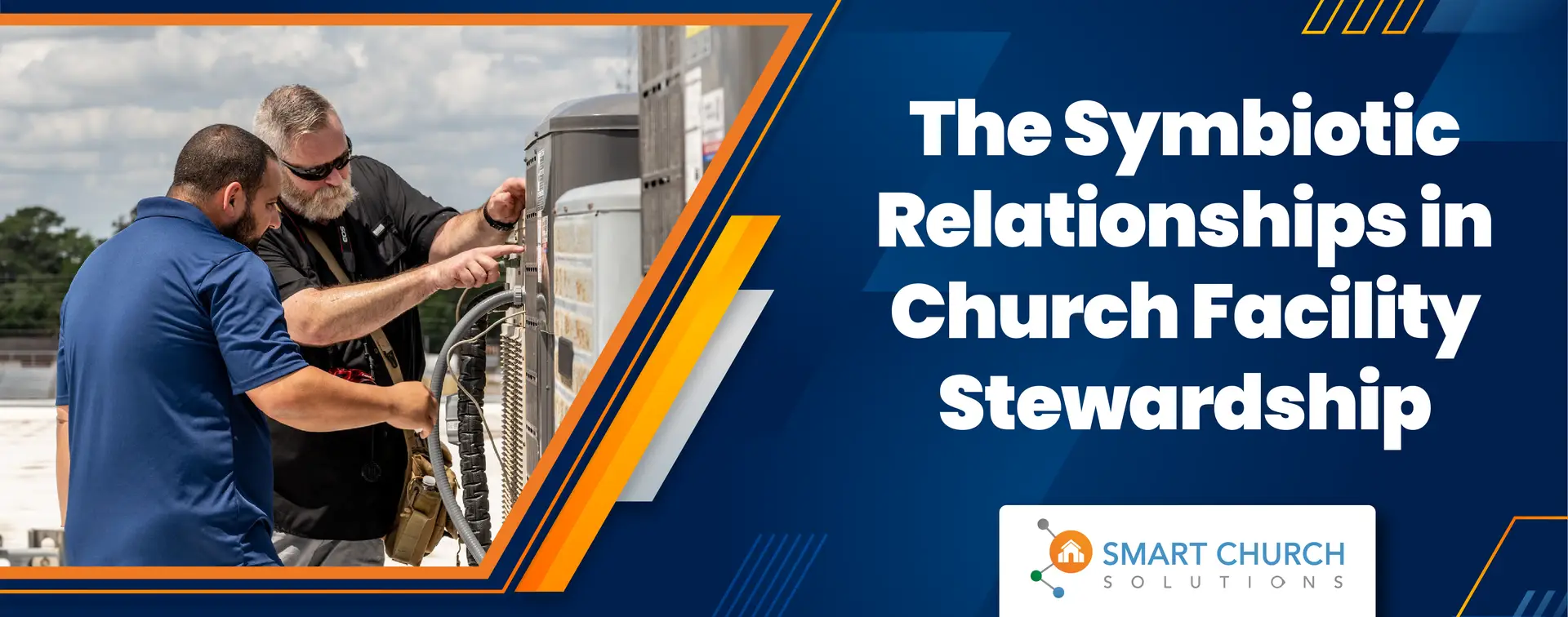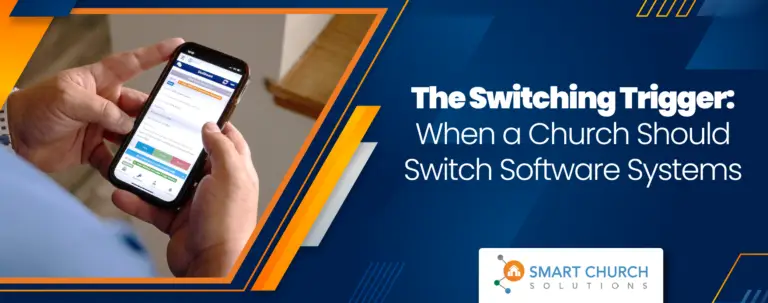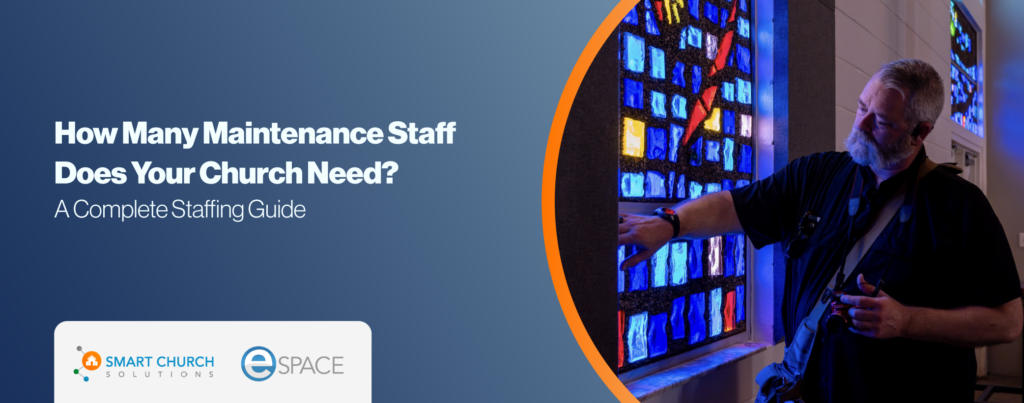Pastor, Facility Manager, and Executive Pastor
Each role in a bustling church ecosystem is vital to its smooth operation and spiritual outreach. The symbiotic relationships between the pastor, facility manager (facility steward), and executive pastor are crucial but often overlooked. These relationships balance spiritual goals and the practical demands of managing church resources and infrastructure.
Pastor and Facility Steward: Spiritual Meets Practical
The relationship between a pastor and a facility steward is a unique blend of spiritual leadership and practical management. The pastor—as the spiritual leader—casts the vision for the congregation, focusing on spiritual growth, community service, and worship. On the other hand, the facility steward ensures that the physical environment supports these goals. From maintaining church buildings to managing repair budgets, the steward creates a welcoming and worshipful atmosphere.
This relationship is symbiotic; the pastor relies on the facility steward to translate spiritual objectives into physical reality. For example, if a pastor wishes to host a significant community event, the facility steward must organize the logistics, from set up to clean up. This partnership ensures that the church operates smoothly, allowing the pastor to focus more on pastoral care and less on operational details. You might say the facility steward is the “heart and soul” of the facility.
For a deeper understanding of facility stewardship, check out Entrusted: The Ultimate Guide to Facility Stewardship by Tim Cool. It’s the perfect companion for pastors and facility managers looking to honor God’s provision through excellence in stewardship. This resource is designed to help church leaders and facility stewards develop a responsible and intentional approach to managing God’s facilities. You can also get the free study guide here.
Executive Pastor and Facility Steward: Steering the Church Strategically
The executive pastor often serves as the bridge between the church’s vision and its day-to-day operations. This role involves more detailed oversight of the church’s administration, finances, and strategic planning. Thus, the relationship between the executive pastor and the facility steward aligns the church’s strategic goals with managing its resources and facilities.
The facility steward gains valuable insights from the executive pastor’s strategic perspective. The executive pastor can provide a broader perspective on how the facilities can be developed or optimized to support the church’s long-term goals. For instance, if the strategic plan involves expanding the church’s physical space to include more community services, the facility steward will be crucial in planning and executing renovations or new construction projects.
Another key relationship between the executive pastor and facility steward is budget-related. The executive pastor and Facility steward are integral in strategic planning and budgeting. While the executive pastor provides input on ministry needs and priorities, the facility steward offers insights into facility requirements, usage, life cycle considerations, and maintenance schedules. By working together, they can develop strategic plans and budgets that allocate resources effectively, balancing ministry goals with facility upkeep.
Mutual Benefits and Challenges
The mutual benefits of these relationships are clear: enhanced efficiency, better resource allocation, and a stronger focus on the church community’s spiritual and practical needs. The pastor and executive pastor can trust that the facility steward will handle the logistics of church facility maintenance and management, allowing them to dedicate more time to spiritual leadership and strategic planning.
However, these relationships can also face challenges. Communication gaps, differing priorities, and budget constraints can strain interactions between the pastoral staff and the facility steward. To mitigate these issues, all parties must communicate regularly, set clear expectations, and foster a culture of mutual respect and understanding.
Conclusion: Symbiotic Relationships are Foundational to a Church’s Growth
In conclusion, the symbiotic relationships between the pastor and the facility steward and the executive pastor and the facility steward are foundational to a church’s health and growth. By combining spiritual vision with practical management (both of which are a form of stewardship), these partnerships help create a thriving church environment that can effectively serve its community, vision, and mission.
Bottom Line: Understanding and nurturing these relationships is crucial to any church’s success, ensuring its sacred mission and daily operations are balanced harmoniously.








